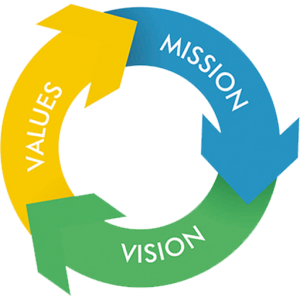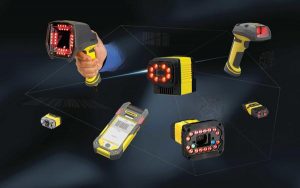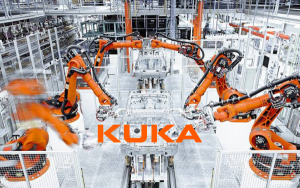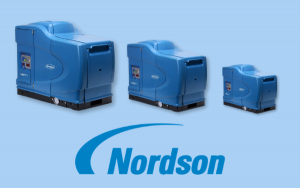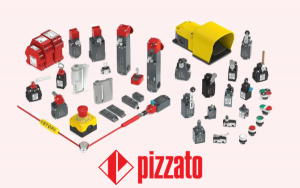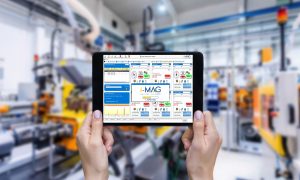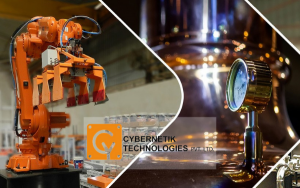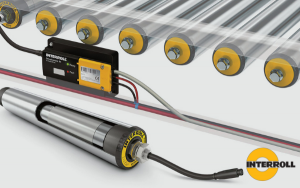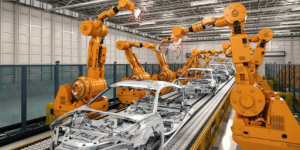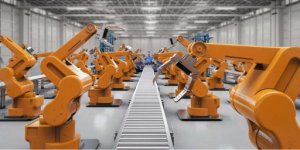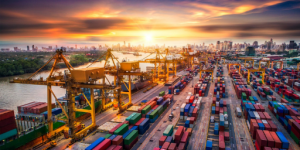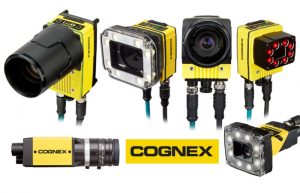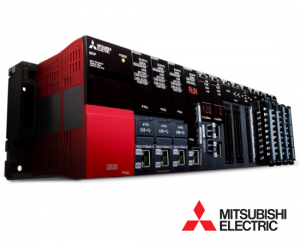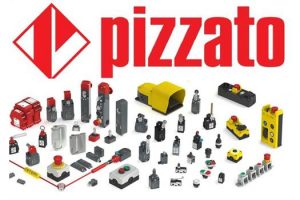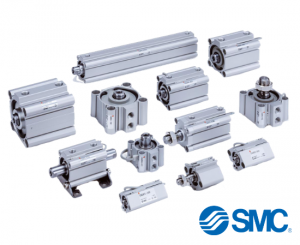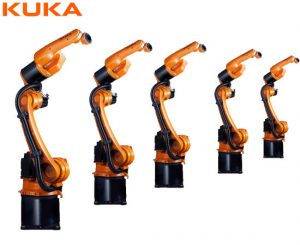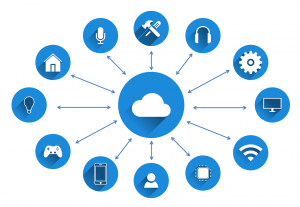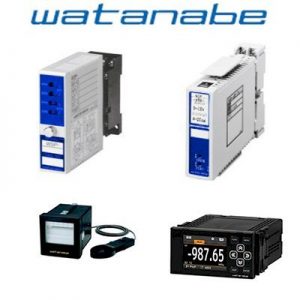As the e-commerce industry develops, logistics operations in the e-commerce industry to receive orders for customers become more complex – especially during a time when the current pandemic affects the entire supply chain. e-commerce application. According to a Nielsen report, Vietnam is considered one of the fastest growing e-commerce countries in the world, reaching an average rate of 35%/year, 2.5 times higher than Japan. According to Mr. Tran Trong Tuyen, general secretary of the Vietnam E-commerce Association, revenue from e-commerce will reach 10 billion USD, reaching a growth rate of up to 50% in 2020.
I. What is logistics in the e-commerce industry?
Logistics in the e-commerce industry refers to the processes involved in storing and shipping inventory for a store or online marketplace, including inventory management and picking, packaging, and shipping. online orders.
With so many millions of packages shipped across the country on any given day, it’s important that systems are in place to keep them on track and ensure they get to the right place at the right time.
Related Articles: AUTOMATICIZATION OF SHOP
Logistics in the e-commerce industry begins with moving inventory from the manufacturer and lasts until it ends at the final customer’s destination. This activity includes:
Inventory management: Fulfill orders or orders for picking, packing and shipping
Businesses must ensure that they have enough stock in a distribution center near the customer’s location. If they outsource, their 3PL should be reliable and capable of filling orders at speed, even during peak times and holidays.
Any communication or implementation lapse in your retail supply chain can have a negative impact on the customer experience.

II. Logistics chain in modern e-commerce industry
Includes 5 elements from cart to customer
As e-commerce has grown and become a worldwide channel, it has become much more complicated in domestic and foreign logistics processes. There are now more moving parts and middlemen to help ensure products reach customers.
1. Suppliers
Suppliers or manufacturers are those who have inventory ready to ship to the place of business. They manufacture products and ship them to fulfillment or logistics centers after orders have been placed.
2. Implementation Center
Fulfillment centers are large warehouses that hold inventory close to the end consumer, so each order is picked, packaged, and shipped as soon as it is placed to ensure prompt delivery. Fulfillment centers can be owned or leased by an e-commerce business or by a third-party logistics provider (3PL) that is a specialist retail fulfillment company that performs services. for many brands.
3. Distribution centers
Major e-commerce retailers have their products in multiple locations across the US or the world for both direct-to-consumer (DTC) and B2B orders. Instead of keeping all your inventory in one location, which can lead to longer delivery times and more expensive shipping costs, inventory splitting allows orders to be shipped. DTC is faster.
You may choose to use a separate facility for B2B e-commerce orders, which require different fulfillment processes than DTC orders. Differences include packaging requirements, e-commerce warehouse needs, final shipping destination, and customer type.
4. Classification basis
The item sorting facility is typically for large scale e-commerce stores that are shipping large volumes of multiple SKUs.
5. Carrier
Shipping carriers undertake the transportation of products to their destination. Popular US carriers include FedEx, UPS, USPS, and DHL, and typically ship packages via trucks and planes.
Related article: 8 types of warehouses for e-commerce
III. Investing in logistics technology to increase the shopping experience
According to experts, investing in logistics means investing in the future of e-commerce, contributing to the optimal shopping experience for users, especially in the context that e-commerce is booming on the internet. all over the world. Therefore, in addition to ensuring product quality, service and shipping time are also important factors contributing to shaping the complete online shopping experience on e-commerce.

Thus, thanks to the connection of the internet and e-commerce, omnichannel selling has gradually replaced the traditional sales model. However, this trend has created many problems businesses face. It’s a matter of increasing revenue and customer satisfaction. Enterprises must always find ways to satisfy their needs and build customer loyalty in a fiercely competitive environment when e-commerce takes the throne. If the goods are slow, the delivery is late, the goods are wrong, which can affect the satisfaction and chance of repeat purchase of the consumer. However, businesses have to do all the work related to goods, will there be time to do business well?
Logistics, fulfillment, and fulfillment services are the perfect solution for companies whose order fulfillment systems are incomplete and incomplete due to many objective factors. The reason is largely due to the lack of resources while the investment costs in warehousing, inventory management processes, goods handling, and transportation are not low. Therefore, with the requirements of the times, the need to outsource logistics services for e-commerce is inevitable. In Vietnam, the concept of fulfillment is quite new, but this solution has been serving many businesses, especially small and medium enterprises (SMEs).
————————
Vu Le Technology Company Limited – specializes in industrial automation equipment, factory automation solutions and robotics.
Address: 27 Xuan Quynh, Gia Hoa Residential Area, Phuoc Long B Ward, City. Thu Duc, HCMC
Hotline: (028) 3620 8179 / 3620 8176 / 3620 8177
Fax: (028) 3620 8178
Mail: info@vuletech.com
—————
Follow VULETECH at:
► Youtube



